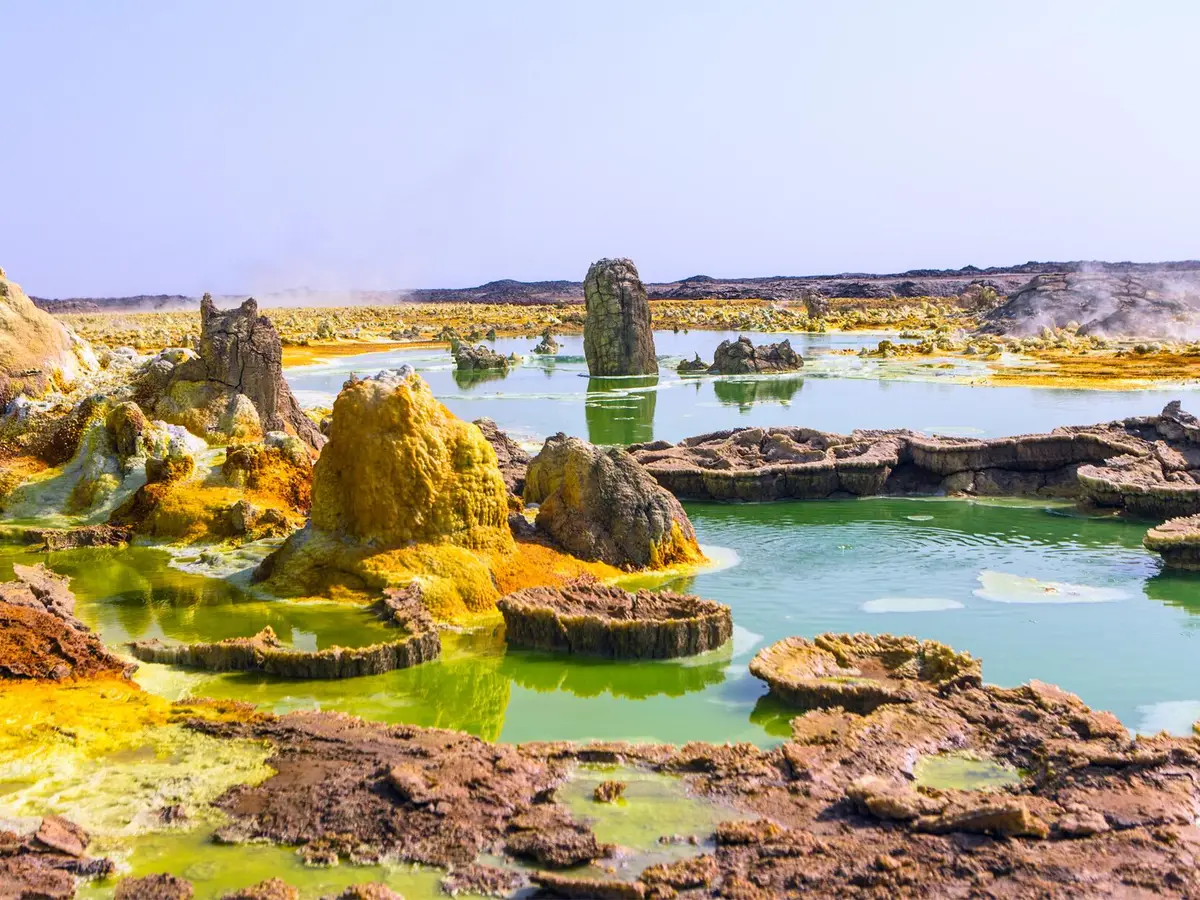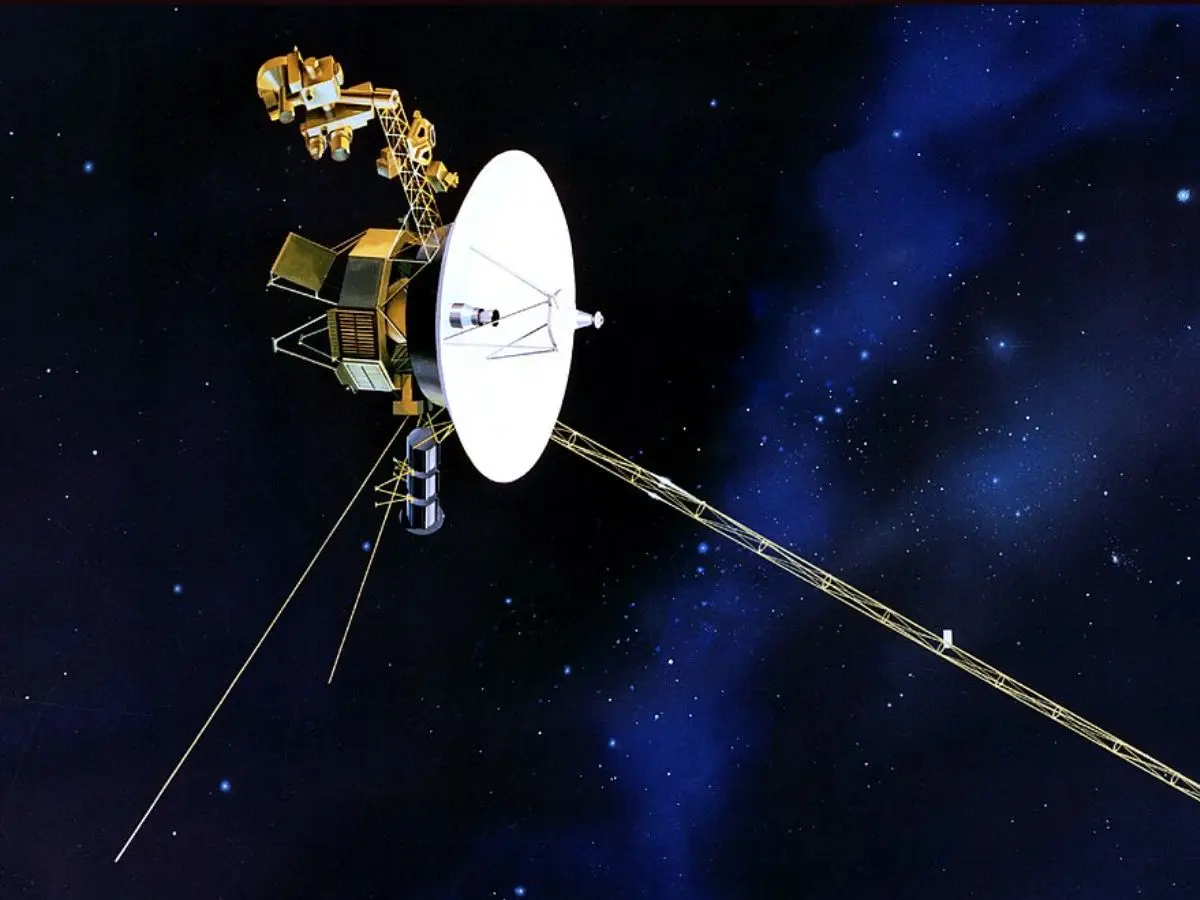Earth started out as a ball of liquid fire, its newborn surface closer to a lava lamp than the calm continents we know today. Those incandescent beginnings happened 4.5 billion years ago, yet the evidence is buried miles beneath our feet where direct sampling is impossible.
A new computer model of the infant planet’s mantle says the rock we stand on still remembers that fiery youth, right down to the chemical fingerprints laid down within the planet’s first hundred million years.
Assistant Professor Charles‑Édouard Boukaré, Department of Physics and Astronomy, York University, led the new study.
Early Earth was a molten world
When the young Earth cooled, it did not freeze evenly like a lake in winter. It simmered from the top down and the bottom up at the same time, leaving pockets of melt trapped deep inside.
Planetary scientists call that global melt a basal magma ocean, a deep layer of iron‑rich liquid pooling just above the metal core, and its existence explains why the modern core still loses heat so slowly.
Seismic scans of the modern deep mantle reveal sprawling ultralow velocity zones that slow earthquake waves, hinting they contain that same dense, iron‑heavy melt and supporting the basal ocean concept.
These reservoirs sit beneath the Pacific and Africa today, covering areas wider than the continental United States, yet they are hard to image because they lie nearly eighteen hundred miles down.
Exactly when those structures formed has been uncertain because many earlier simulations treated the mantle as a single gooey fluid, erasing the complex dance between liquid and crystal that governs segregation.
Modeling magma to solid rock
The code named Bambari by the researchers divided Earth’s interior into a fine grid and began with a half‑melted mantle, about fifty percent liquid, a state thought to be realistic after the giant impact that created the Moon.
Temperature contrasts made lighter crystal mush rise while heavier, iron‑loaded droplets sank, all as heat bled into cold space, and the model resolved motions at scales from global overturns to turbulent eddies only a few miles across.
Within a few thousand simulated years the top hundred miles had cooled enough for crystals to lock together, forming down‑plunging sheets that ferried a shallow chemical signal into the deep, a result that surprised the research team.
More crystals formed near the surface than near the core, overturning the textbook view that solidification begins at depth, and the outcome hints that early Earth might have sported a short‑lived rocky crust that repeatedly sank back into the mantle.
Because the falling crystals reheated and partly melted on the way down, they left behind an iron‑rich brew that eventually puddled into an ocean of liquid rock roughly three hundred miles thick above the core, one that may have persisted for half a billion years and acted as a blanket trapping core heat.
Surprising chemistry on early Earth
Low‑pressure minerals such as olivine were expected to dominate only the upper mantle, yet Boukaré’s run shows their fingerprints nearly twelve‑hundred miles below.
This finding that forces a rethink of how trace elements were sorted. The reason is mechanical: surface‑grown crystals fell like hailstones, skipping equilibrium reactions at depth.
As they sank, mass balance pumped iron‑rich melt upward where it chilled, creating downwellings enriched in trace elements such as samarium and neodymium, and the pattern repeated until the mantle became mostly solid.
That process stamped unusual Lu/Hf and Sm/Nd ratios that still appear in 3.8 billion‑year‑old rocks from Greenland, offering a rare chemical time capsule of early differentiation.
“This study is the first to demonstrate that the first‑order features of Earth’s lower mantle structure were established four billion years ago,” said Boukaré.
Remnants in Earth’s mantle today
The simulation naturally birthed the two giant “superplumes,” formally known as large low shear‑velocity provinces or LLSVPs, that sit under the Pacific and Africa and rise more than six‑hundred miles off the core.
In the model they form as the dregs of the magma ocean, loaded with iron and slightly radioactive elements that keep them hotter than their surroundings, an explanation that unifies decades of seismic and geochemical hints.
That extra heat helps feed volcanic hotspots such as Hawaii and Iceland, linking events separated by billions of years through persistent mantle circulation.
High‑precision noble‑gas measurements in ocean‑island basalts point to ancient, undegassed mantle domains that match the predicted reservoirs, giving independent support to the model’s deep‑time narrative.
Because the model reproduces both seismic and chemical observations, it knits together disciplines that rarely intersect and offers a single story for the planet’s deep past.
What this means for other planets
The equations behind Bambari apply to any rocky world, big or small, making the tool valuable far beyond Earth studies.
For Mars, whose lower mass bleeds heat faster, the basal magma ocean would have frozen early, starving the core of insulation and hastening the loss of its magnetic shield within a few hundred million years, a scenario that dovetails with rover data showing weak residual magnetism in surface rocks.
For a super‑Earth twice our planet’s size, the same physics predicts a magma ocean that could linger a billion years, sustaining a long‑lived dynamo and perhaps protecting an atmosphere long enough for life to emerge.
“If we know some kind of starting conditions, and we know the main processes of planetary evolution, we can predict how planets will evolve,” Boukaré explained. That prospect gives exoplanet hunters a fresh tool for judging habitability without leaving the telescope.
The study is published in Nature.
—–
Like what you read? Subscribe to our newsletter for engaging articles, exclusive content, and the latest updates.
Check us out on EarthSnap, a free app brought to you by Eric Ralls and Earth.com.
—–



